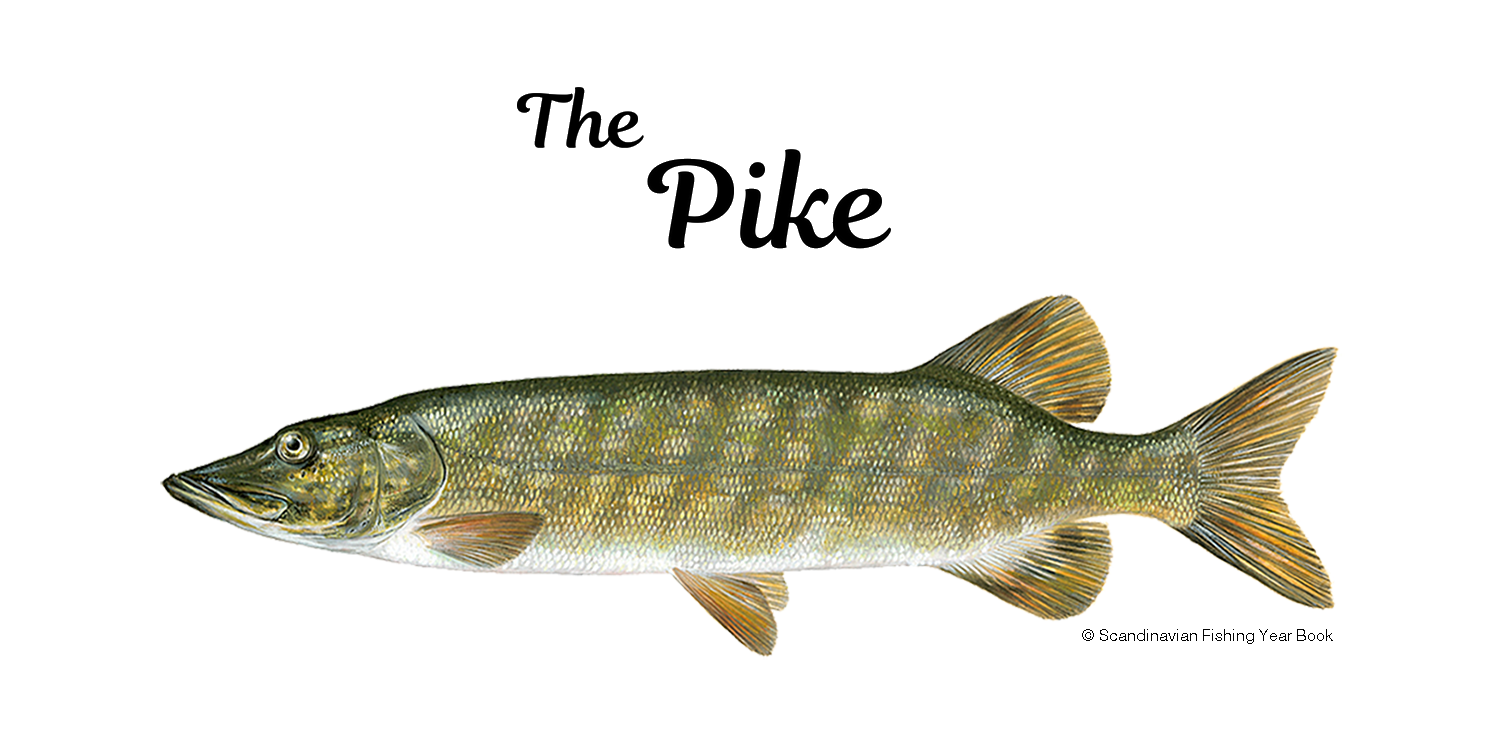At all times when fishing for Pike think like a Pike ~ no matter how weird it gets !

Often described as the freshwater shark or water wolf the Pike seeks not the company of others preferring instead to lie in ambush and bide its time waiting for the moment its prey, whether furred, feathered or scaled, betrays itself with a fatal error of judgement and swims within range of its explosive acceleration and cavernous jaws.
*

